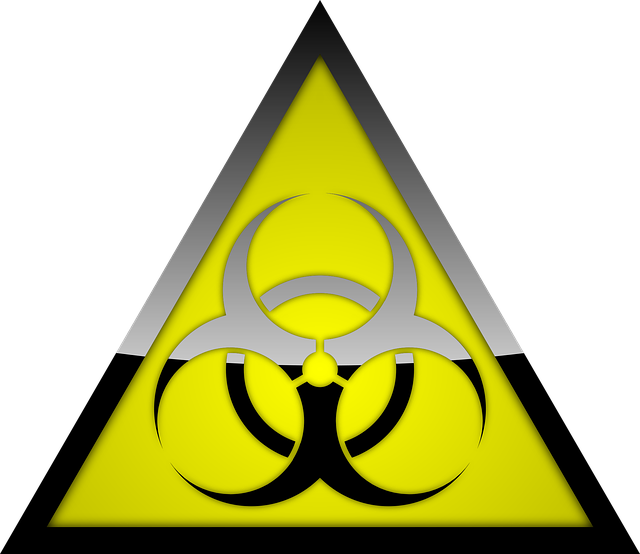
Incineration of bio-medical waste
There was a big news splash recently about poor management of biomedical waste in a southern State. It appears there is a huge difference between what is generated and what reaches the common facilities in the state.
The obvious reasons for this could be
- Neglect & carelessness
- High cost of outsourcing
- Lack of segregation at source
- Waste quantity too small
It may be possible to solve this problem by
- frequent training by the regulatory authority
- punitive action against those committing the undesirable act
- regular audits and checks by the regulatory authority
- encouraging large waste generators to have their own disposal facility.
The Biomedical Waste Rules were implemented around the year 1996 which resulted in a proliferation of incinerators, big and small, in the country. This resulted, on the one hand, in poor quality machines being supplied and on the other, failure to meet pollution standards. There was, therefore, an unwritten ban on indiscriminate installation of incinerators. The Rules also laid down standards for incinerators and are now governed by the CPCB’s Guidelines for the Design & Construction of Bio-Medical Waste Incinerators.
It will help matters considerably if some guidelines are laid down for large generators to have their own incineration facilities, provided the incinerator meets the norms and does not affect the neighbourhood. This is permitted in some States but not everywhere.
As a matter of information, there are incineration facilities right in the middle of towns in Switzerland, functioning so efficiently that no resident knows there is such a facility working round the clock.


